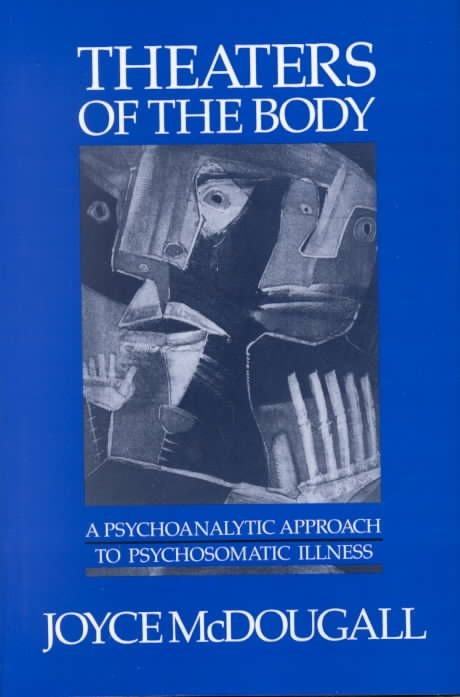
The games, she saw, provide insight into the structure of the child's unconscious mind. She was the first psychoanalyst to recognize the profound symbolic significance of children's play (which indeed to a child's mind is not playing but working, or “working through” the problems of living) and from there to conceive the idea that analysis of children could be conducted with the use of toys representing many different people and animals.

I well remember the horizon that opened before me when I first read her fundamental work, The Psychoanalysis of Children (1932). Here I am indebted to the clinical genius of Melanie Klein. My use of the theater metaphor refers not only to inner psychic reality but also to the psychoanalytic process itself. Only the analyst knows that the woman hates the little girl within her, that the drama will involve understanding her and eventually loving her and forgiving her. The time when the timid but affectionate adult within her will accept a dialogue with the small assassin who also inhabits her internal world has not yet come. The only hint of the scene to come is that my patient feels unaccountably anxious and begins to wonder why she has not written her beloved brother for so long. Her conscious adult self cannot admit that she ever harbored feelings of hate for her brother, because she does not yet realize that, even in childhood, her love always triumphed over her hate.

The only person speaking at this moment is the adult, but the little girl within her is begging to be allowed to speak her lines and express her feelings. The other is the adult woman who sincerely loves and admires her brother. The joy with which the long-awaited son was greeted had seriously attacked her feeling of identity, raising doubts about her femininity and about whether she was still loved.

One is the very small girl of the past who, in a state of inexpressible distress, wished death upon this intruder into her family. At this moment there are two people inside my patient seeking to come on stage.


 0 kommentar(er)
0 kommentar(er)
